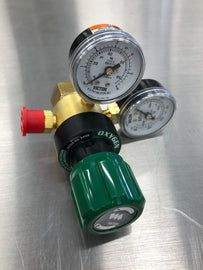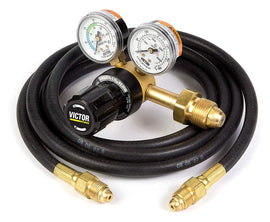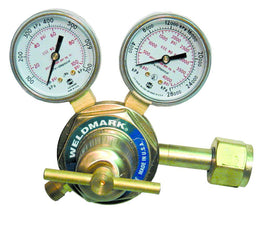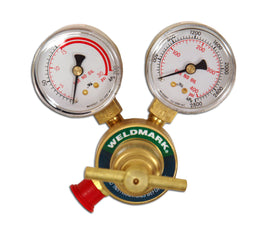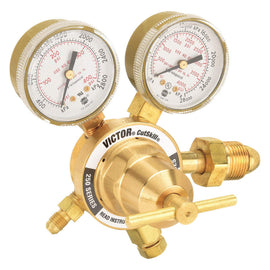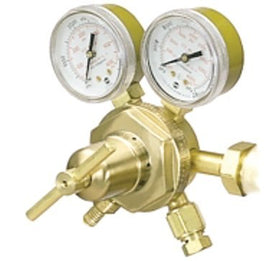CONCOA welding and shielding gas systems are designed to deliver sufficient flow to protect the cooling weld and maintain precise blend tolerances, which offer substantial cost savings over traditional helium shielding applications. Once the plasma is established, the gas begins to distribute the heat radially toward the work piece. Gases with a low thermal conductivity, such as argon, exhibit a narrow arc with a high inner core temperature that produces a deep funnel penetration profile. Gases with a higher thermal conductivity, like helium, transfer more heat peripherally, which produces a wider and shallower penetration profile. CONCOA’s BlendMaster 1000 offers infinite adjustment from 0-100%, which enables the operator to fine-tune the heat transfer and penetration characteristics of the shielding gas.
In hybrid welding applications, it may be necessary to supply a plasma suppression gas and a trailing gas. Argon is used for most metals. Argon offers smooth arc starting characteristics due to its low ionization potential. Helium is used in applications requiring better plasma suppression and heat transfer. Helium has a higher ionization potential than argon, therefore increasing the heat input for joining thicker and higher thermally conductive materials. Depending upon joint design and part fit-up, a mixture of argon and helium may be used because it offers the benefits of each gas. Series 5237 flowmeter regulators offer argon flow rates of 0-60 SCFH and 0-200 CFH for helium, which makes it the right choice for point-of-use pipe-line applications. Series 5270 regulators are designed for local control from liquid cylinders or high-pressure 12-pack sources. The following illustrates a typical laser welding gas supply system for helium/argon mixtures.

